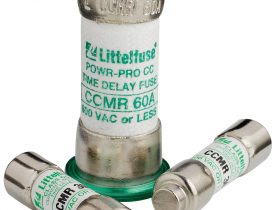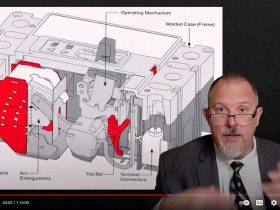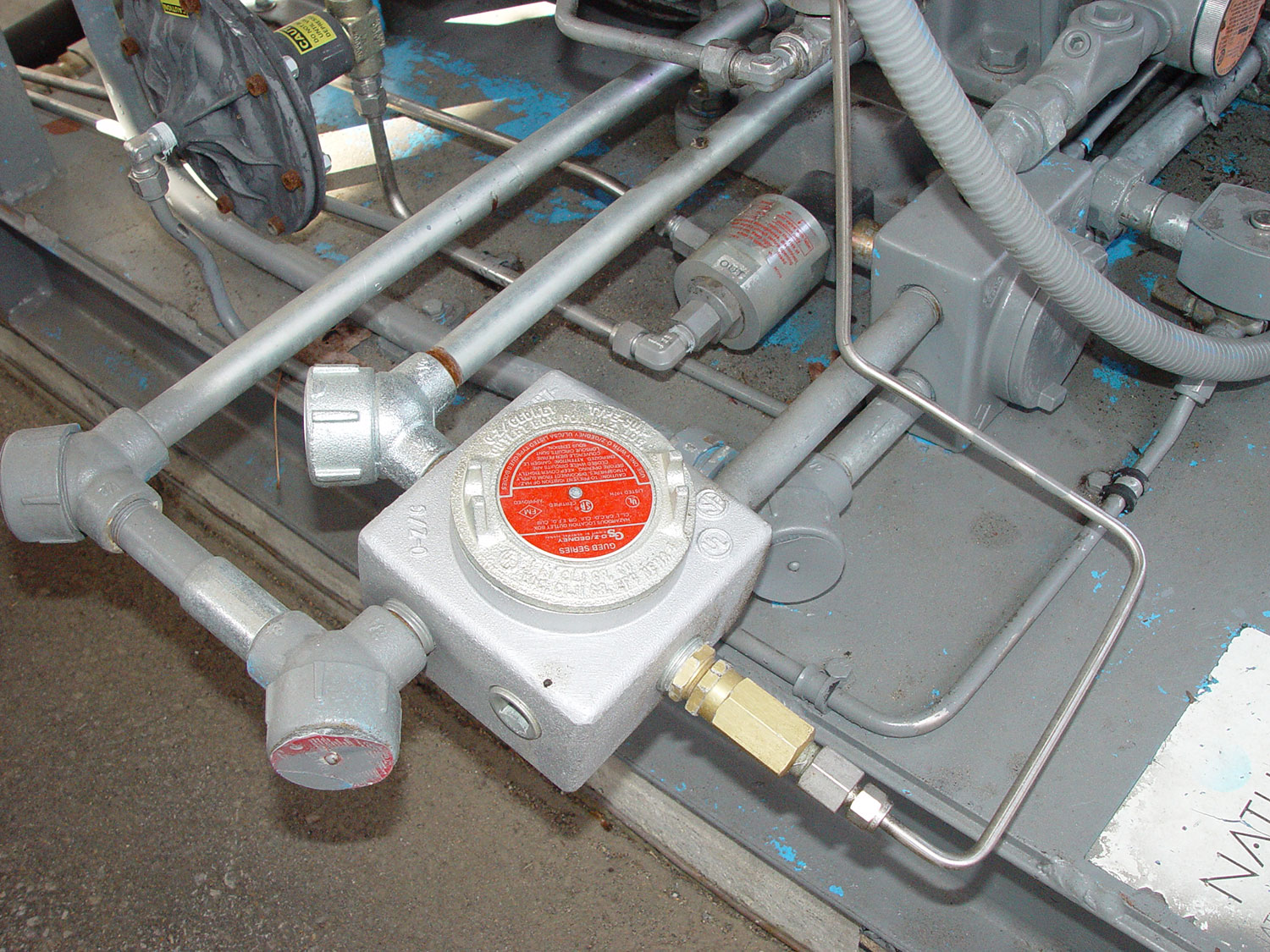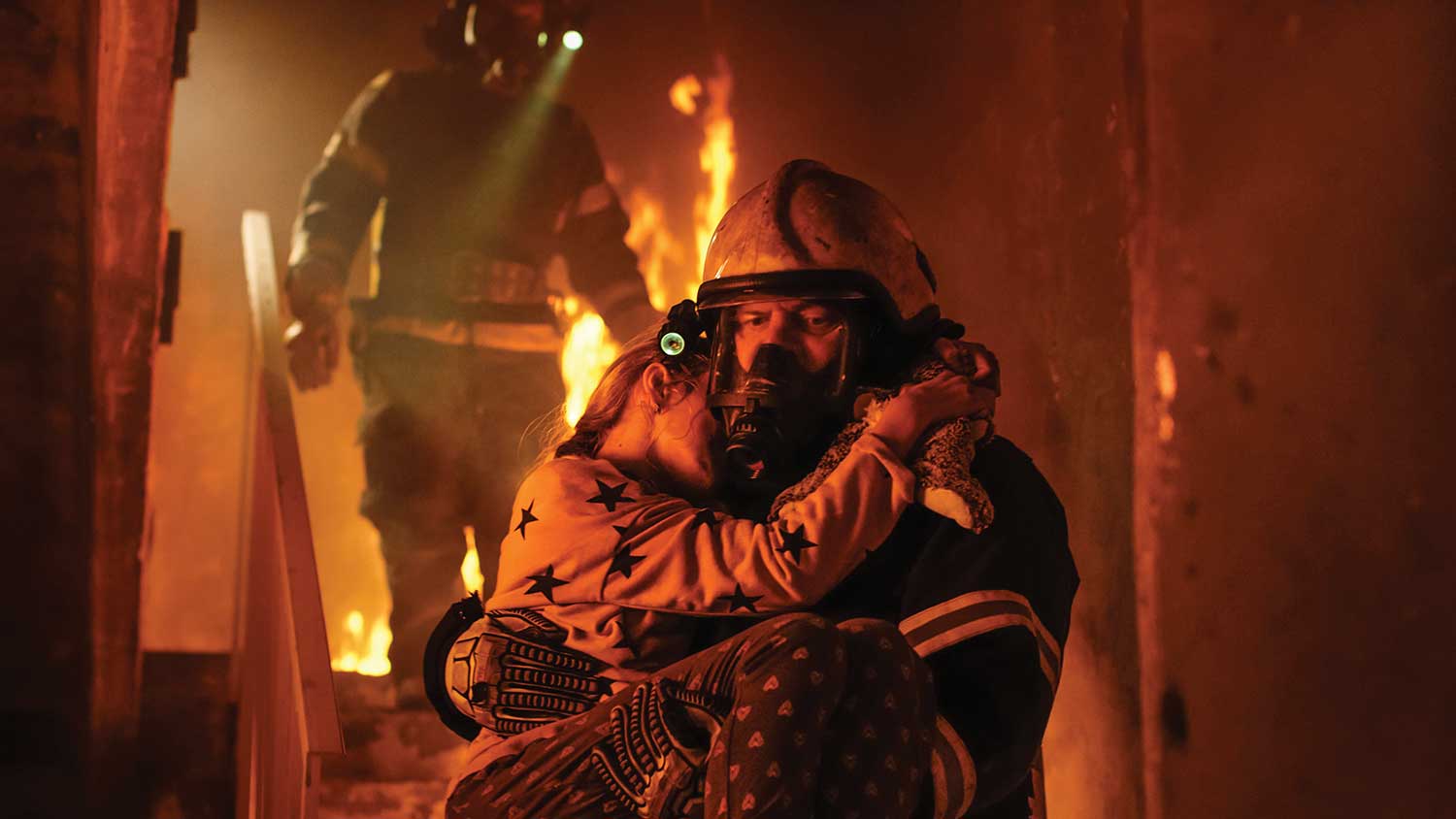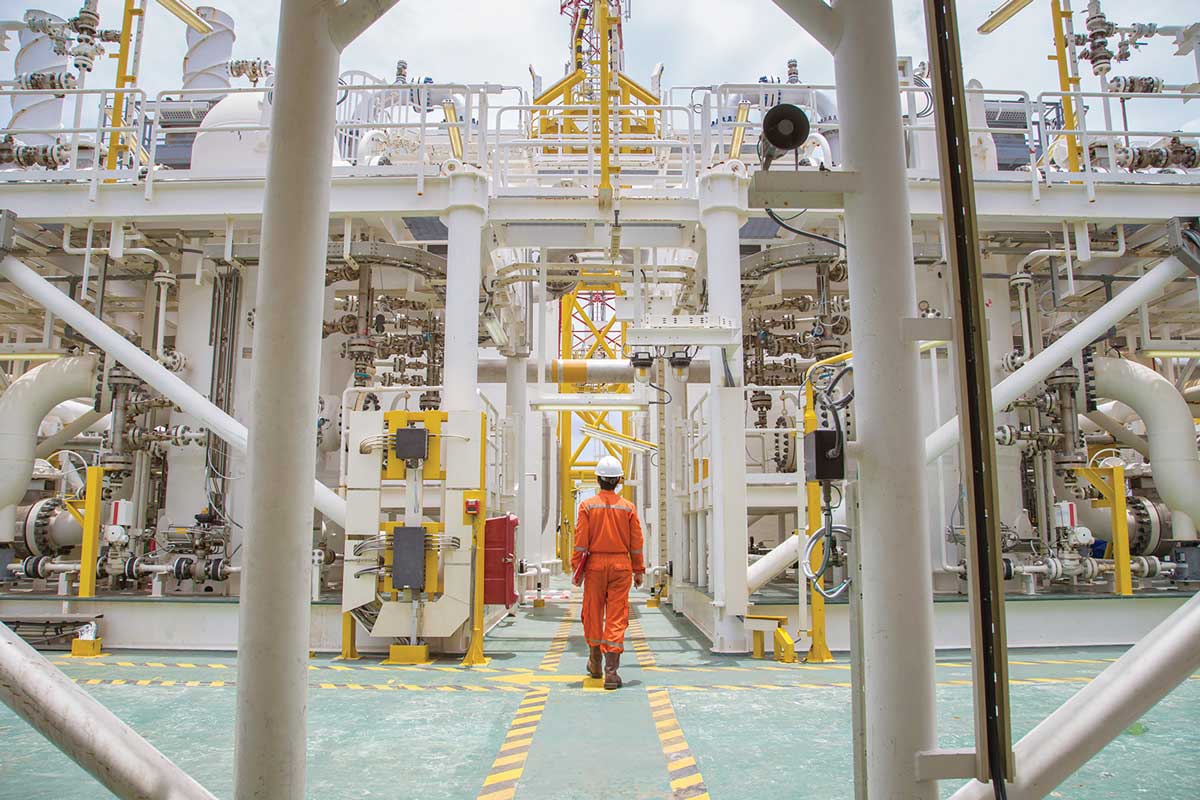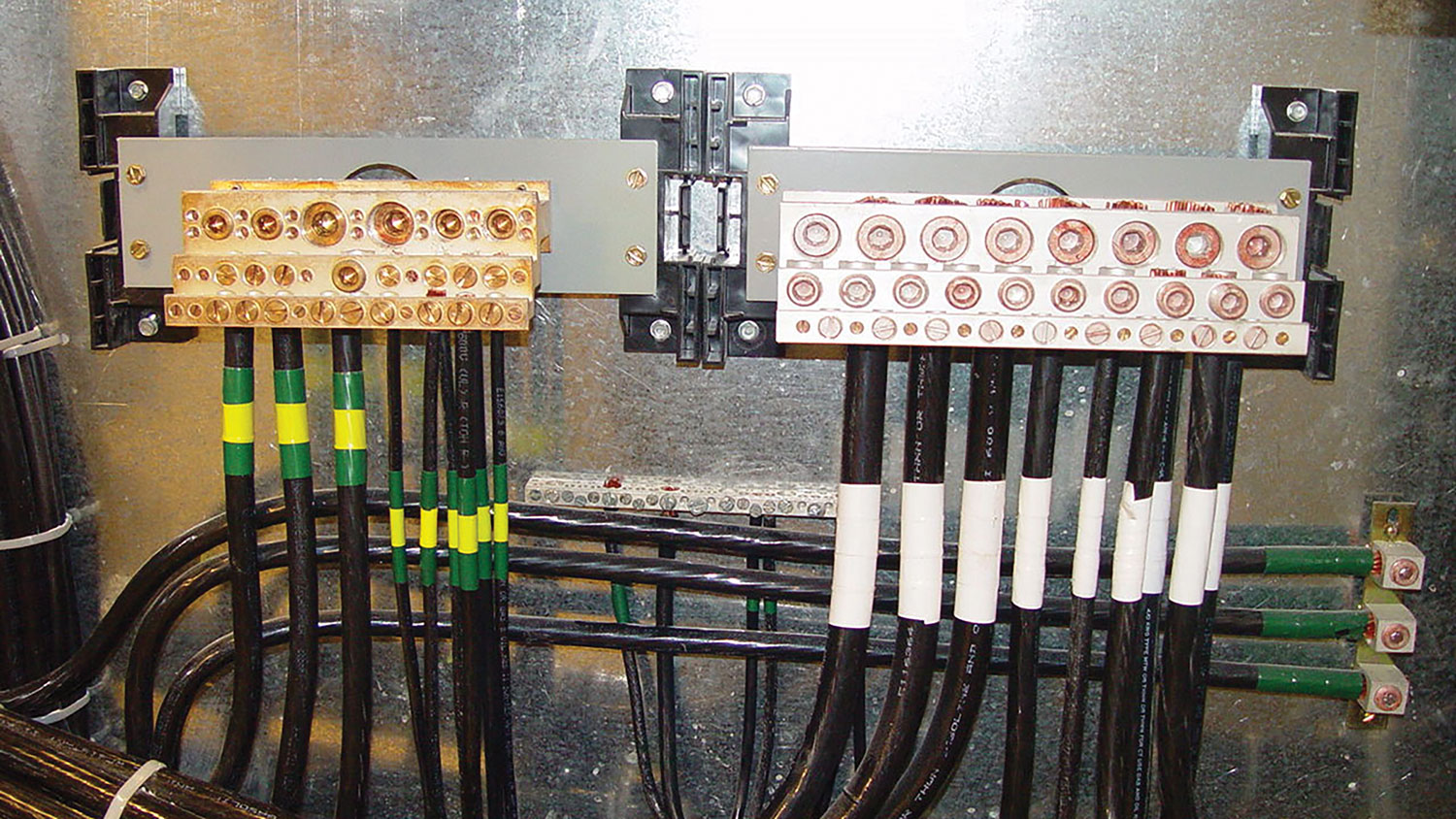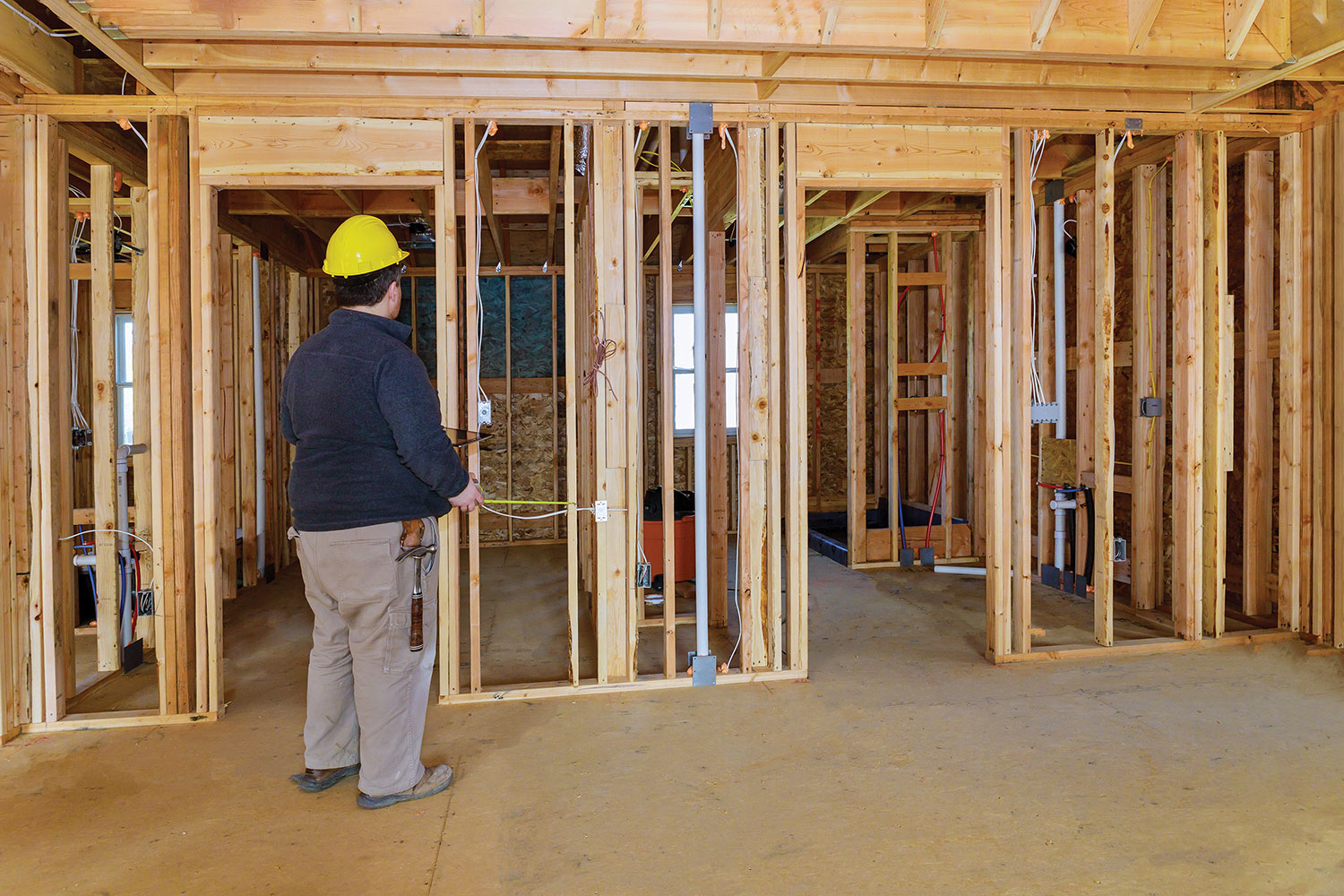Since overcurrent protection is crucial to reliable electrical system operation and safety, overcurrent device selection and application should be carefully considered. When selecting fuses, the following parameters or considerations need to be evaluated:
Batteries are crucial across an array of industries as they power all kinds of industrialized machines, such as forklifts. Without them, manufacturing in the modern world would look very different — and much less efficient.
This #IAEINewsLive session will take a look at the circuit breaker. We will review the fundamentals around circuit breakers and provide a foundation for future videos on the requirements that surround this device.
A high level of safety, flexibility throughout the entire life cycle, a low level of environmental pollution, the integration of renewable energies and low costs are common demands nowadays that already have to be taken into consideration during the planning of a high-rise building.
One of the main challenges while performing power studies on commercial buildings is getting the right data. Different measures and electrical codes are used to determine the suitable accuracy level in a specific case.
Some of the most intimidating work that an authority having jurisdiction (AHJ) can encounter involves hazardous (classified) locations and what classification those areas will carry.
Let's focus our attention on specific performance goals of initiating devices used for fire and life safety and why understanding and knowing the devices can improve your awareness when working with fire alarm systems.
Learn about the most important features in arc-flash relay technology to select the best relay for their application.
Selecting the wrong size conductor in an electrical installation can have dangerous and disastrous results with conductors too small for the applied load.
Chances are you will have to perform some sort of calculation in order to apply the requirements of the NEC and provide that installation that safeguards people and property from the hazards that arise from the use of electricity.

